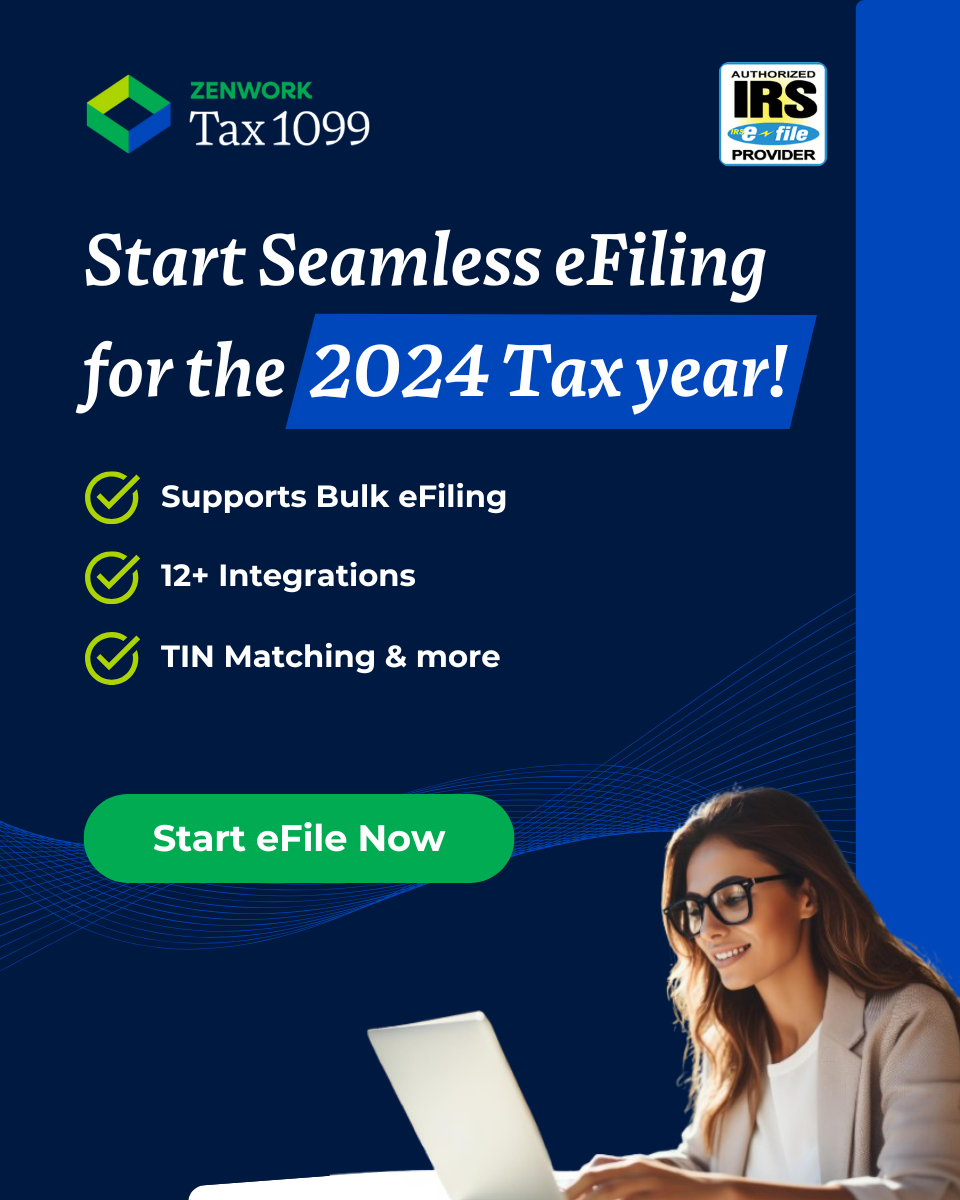Note: IRS delays the rollout of the $600 threshold for 1099-K reporting.
Learn More
The threshold for Form 1099-K remains at $20,000 with a 200 transaction limit for the year 2023. This delay designates 2023 as a transition period, maintaining the existing requirements for reporting.
Here’s how the new reporting requirements for Form 1099-K impact the online marketplaces and apps in 2022 and beyond.
1099-K Payments Infrastructure in 2022: An Overview
If you don’t already know, the Form 1099-K reporting regime has undergone massive changes after the enactment of the American Rescue Plan Act (ARPA) of 2021. The new laws focus on irregularities within the 1099-K payments framework.
Due to this, the minimum reportable gross total for third-party network and payment card transactions has been reduced from $20,000 to $600. Additionally, the previously-known transaction limit of 200 has been removed altogether, requiring businesses to report all transactions going forward.
This change in 1099-K reporting will impact the gig economy along with financial technology, e-commerce, retail, cryptocurrency, and other emerging markets.
Payment facilitators and payment processors (commonly associated with instant payment apps like Venmo, Google Pay, and more) will need to pay special attention to this change in 1099-K reporting.
The 1099-K reporting requirements qualify for payments made in 2022 with an exception of payments made prior to 2022.
So, TPSO payments made in 2022 must be reported on Form 1099-K and the same must be filed in 2023 by the IRS prescribed due dates.
Understanding 1099-K Payments
When a third-party payment settlement organization enables a retail establishment to accept payments from customers, the TPSO guarantees the payment to the retail establishment, making the TPSO the payer and the retail seller the payee.
In this context, payments made to participating payees are considered to be 1099-K payments and must be reported as such on Form 1099-K.
Every payment facilitator, processor, and third-party app or entity that enables such transactions is required to file Form 1099-K and issue a copy of the same to the payee.
Customer’s Perspective
Let’s assume that you’re a customer. You want to purchase some craft supplies through a private seller on the marketplace platform. You make the payment through the marketplace’s payment framework (online methods). Either way, a third party (other than you and the seller) is processing the payment to enable the transaction.
The third-party payment settlement organization (TPSO) guarantees to settle the payments received from you (the customer) into the seller’s account. So, technically, the TPSO did make a payment to the seller, making it a third-party payment network transaction.
All such transactions, when the gross total of which constitutes $600 or higher, must be reported on Form 1099-K by the TPSO with no limitations on the transaction count.
Seller’s Perspective
Let’s assume that you’re a seller on one such marketplace. Say, you’re offering logo designing services to customers on an online service marketplace.
When the deal’s done, the marketplace accepts the payments from your customers on your behalf and settles the payment into your account, making this a third-party payment.
Someone other than you and the customer is involved in the transaction, and that third party is making the payment to you.
The marketplace would need to issue Form 1099-K to all such participating merchants/sellers/payees.
Third-Party Payment Settlement Organization’s Perspective
When you enable a payment transaction between a seller and a buyer by providing some technology to facilitate or process the payment, you’re the third-party payment settlement organization (TPSO) in the transaction.
All payment transactions, with a gross total of $600 or greater, must be reported on Form 1099-K. Once the participating payee agrees to the 1099-k report, you can file the 1099-K Form with the IRS.
Implications Of Form 1099-K Reporting: Impact On Marketplaces
Marketplaces like Amazon, Etsy, Fiverr, and others that enable private sellers and merchants to provide goods and services to customers, are required to file a Form 1099-K.
Previously, the marketplaces didn’t have to file a Form 1099-K unless the gross total of payments made in settlement of third-party network and payment card transactions exceeded $20,000, and until the transaction count was 200 or higher. This led to a lot of irregular reporting practices and malpractice.
By reducing the limit to $600, the IRS aims to regulate the various ways in which newer financial technology is being leveraged by marketplaces.
The reportable payment transaction information on Form 1099-K is used to tax the payee for the income received through such payments.
Note: Form 1099-K does not impose a new tax. The form is strictly used for informational purposes.
Impact On Third-Party App Users
Apps like Venmo, PayPal, Zelle, and more are used for making instant payments. Businesses are embracing this new payment app technology to accept payments from customers instantly with convenience.
When a small retail hardware store in, say, New York, accepts payments from customers, the third-party app, such as Venmo or PayPal, processes the payments and settles the amount into the seller’s bank account.
The payments received in such transactions are considered to be received from third-party payment network transactions.
Such payments are reportable on Form 1099-K. The completed form must be filed with the seller to validate the receipt of the gross total of payments. If the payee has no objections, the form must be filed with the IRS.
Why Is The IRS Focusing On 1099-K Payments?
According to the 2022 PayPal statistics, approximately 337 million users and merchants use PayPal. This just shows how payment apps are fluidly moving into the business payments space. And the IRS wants to focus on this ecosystem for this exact reason.
Too much is going unreported, which is indirectly impacting the income reports of sellers, which is further contributing to the unpaid income tax.
By regulating the 1099-K payments framework, and introducing new changes, the IRS plans on accelerating reporting transparency in the 1099 economy.
As it is, volatile markets like cryptocurrency and irregular markets like the gig economy are plagued with a variety of noncompliance issues. With the implementation of modern financial technology, the irregularity factors could quickly go out of proportion and impact the already-widening tax gap.
By reforming the 1099-K reporting regime, the IRS aims to improve reporting transparency and help private sellers voluntarily disclose their income (because if they don’t, their payers will).
How Tax1099 Can Help
If you’ve made payments in settlement of third-party network and payment card transactions, then chances are, you’re figuring out how to pay and manage your 1099-K filings.
Tax1099 is the all-in-one solution for all your 1099-K concerns.
Tax1099 is an IRS-authorized digital tax compliance enabler, powering 150,000+ businesses from Fintech, e-Commerce, Retail, Manufacturing, Logistics, Marketplaces, Cryptocurrency, and many other industries.
With Tax1099, you can:
- Send W-9 Forms in Bulk before onboarding merchants
- Verify Payees/Merchants with Real-Time TIN Matching
- Prepare 1099-K Forms using 12+ super sleek accounting integrations
- Easily eFile Form 1099-K in 3 simple steps
- Bulk eFile 1099-K forms using Tax1099 API
- eFile 40+ Fed/State form types in one place
- Manage all IRS communications easily
Sign Up Now For Free | Schedule A Free Demo
Other Useful Blog Posts From Tax1099
- Crypto Exchanges: Simplify Your Tax Compliance And Due Diligence Processes With Tax1099
- The Importance Of TIN Matching For Crypto Exchanges
- What Is Form 1099-K? What Has Changed In 2022?
- Form 1099-K Notices & Penalties For 2022
- Form 1099-K Threshold 2022 – The New Rules Beginning 2022
- Form 1099-K Requirements 2022 – Know The New Tax Reporting Requirements For Businesses
- $600 Rule For 2022 – New 1099 Reporting Requirements For Payment Apps
- A Guide To Understand Payment Facilitators: Who Are PayFacs?
- How To Figure Out The IRS Reporting Requirements For Cryptocurrencies In 2023?
- Form 1099 K vs 1099 MISC vs 1099 NEC – What’s The Difference?


